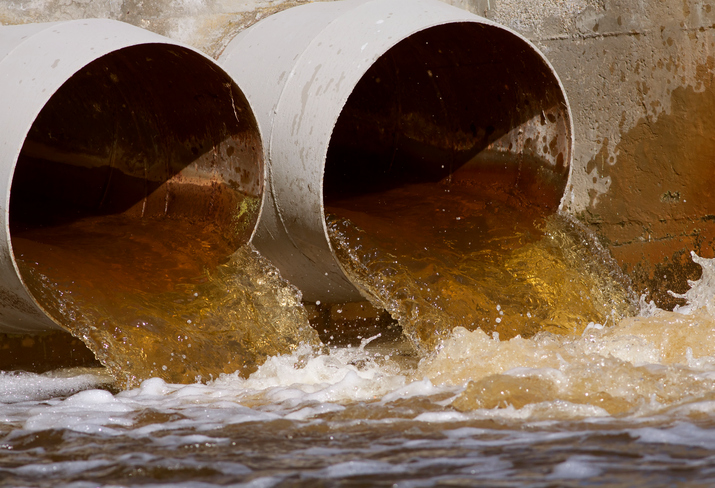Recently, two courts scrutinized the application of the pollution exclusion in the context of the facts alleged in the underlying pleadings. The Washington Supreme Court, in the case of Xia, et al. v. ProBuilders Specialty Insurance Co. RRG, 393 P.3d 748 (2017), rendered a groundbreaking analysis of the pollution exclusion favorable to policyholders. The court, in analyzing the underlying complaint segregated the pollution events and a claim of negligent installation. Within the context of the efficient proximate cause doctrine, the court held that the …
Continue Reading









